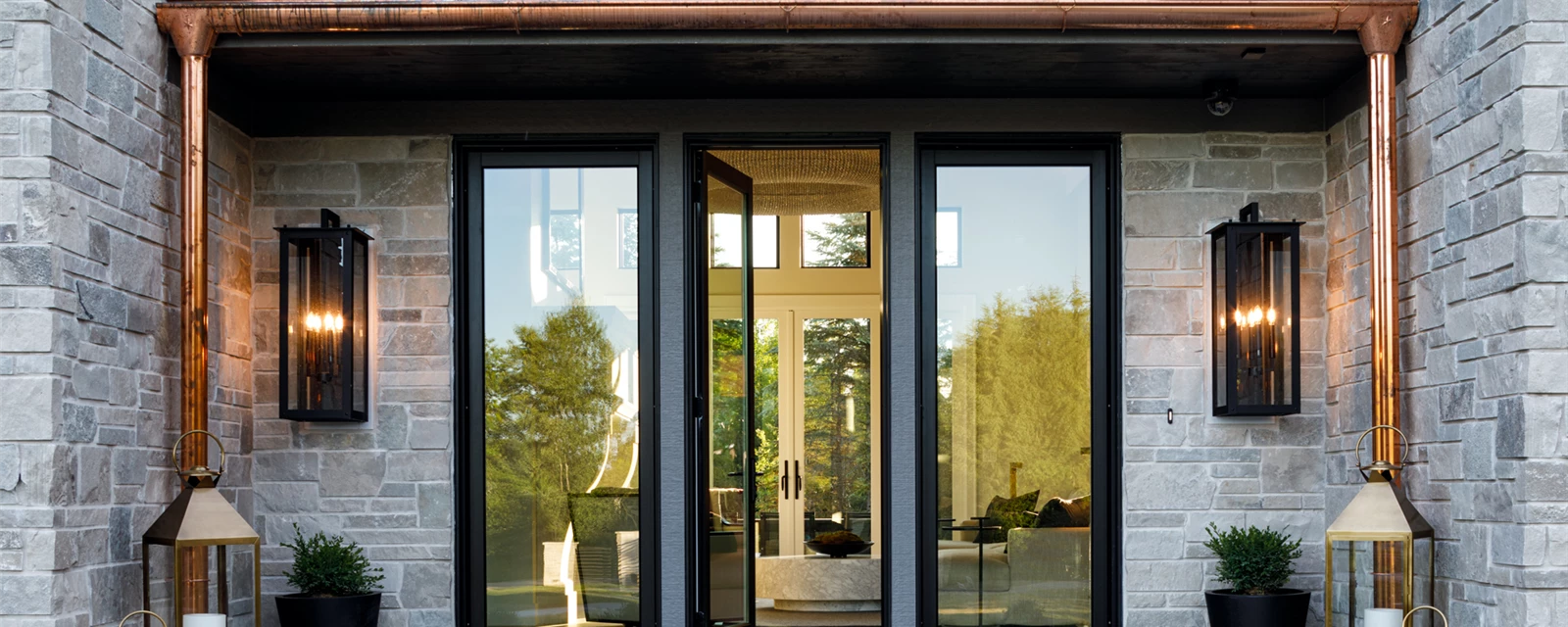The Hartman Homes Guide to Navigating Weather Impacts on Your Home
We understand your home is your sanctuary, a safe space where you expect stability and comfort. As the seasons change and temperatures fluctuate, various elements of your home are tested. Understanding the effects of weather on your home can help you prevent damage and maintain your home’s integrity.
TEMPERATURE SWINGS
With temps forecasted to climb this week and next, it is important to turn your humidity levels on your thermostat up (to around 35%+). This will help keep moisture in your hardwood floors and millwork, minimizing shrinking and gapping. Andersen Windows explains the science behind condensation: https://www.youtube.com/watch?... Alternatively, when temps begin to drop, it is important to turn down the humidity levels in your home (to around 10- 15%) to the point that you see very little condensation on the perimeter of your windows. The frigid temps outside, combined with the high humidity inside your home, will cause condensation to form. This is normal but should be avoided as much as possible to limit long-term window damage.
FROST BUILDUP
This has been an odd year for weather, no doubt! Without snow on our roofs, our attics are more susceptible to frost buildup on the underside of our attic roof deck. There is normal heat loss from your attic, and without snow on the roof to act as an insulator, frigid temps can cause unusual amounts of frost buildup on the underside of your plywood roof deck. With a quick warm up, frost can melt instead of evaporate, and you might see some dripping water through a ceiling light, bath fan, window casing, etc. You do not need to be alarmed by this. It is not a roof leak, and it should typically stop within a days’ time or less. Older homes with older insulation are more susceptible to this; however, it can happen in any home. In most cases, the moisture will evaporate from the space and not cause damage.
SNOW
There are a couple things to consider once we receive snow. Although your roof is ventilated properly, snow can clog your ridge vents at the peak of your roof and interrupt the ventilation process. The sun will melt the snow on your roof,
especially on the south and west sides, causing icicles and ice to form at the eaves and in valleys. To avoid ice dams, we recommend raking your roof free of snow at the eaves and ridge vents. Additionally, with blowing snow, bath fans are very susceptible to sticking open. The hot humid air released out through roof vents will melt the snow around the vent, and blowing snow can blow back into the vent when it is open and running. When the fan shuts off, the vent should also close; however, the vents can freeze open from time to time. If the vent freezes open, the cold outdoor air will work all the way back to your fan and can freeze the moisture in the insulated pipe. Then, when the bath fan is turned back on, it may not be able to exhaust all of the humidity that has frozen around the pipe quickly enough causing water to drip from the vent inside your house. If this happens, you will want to run the fan continuously to get the pipe to dry out. You may need to do this for the entire day or even longer.


